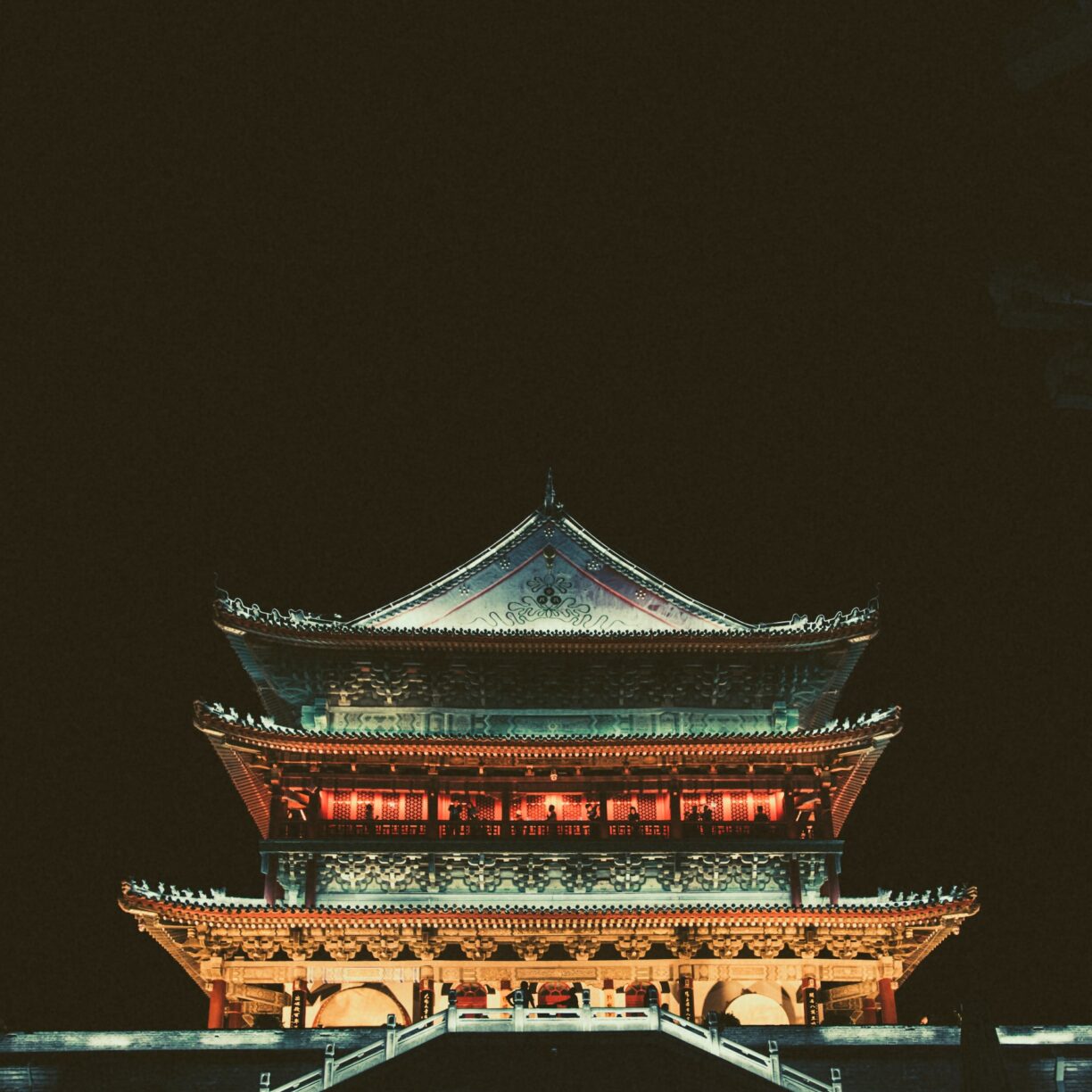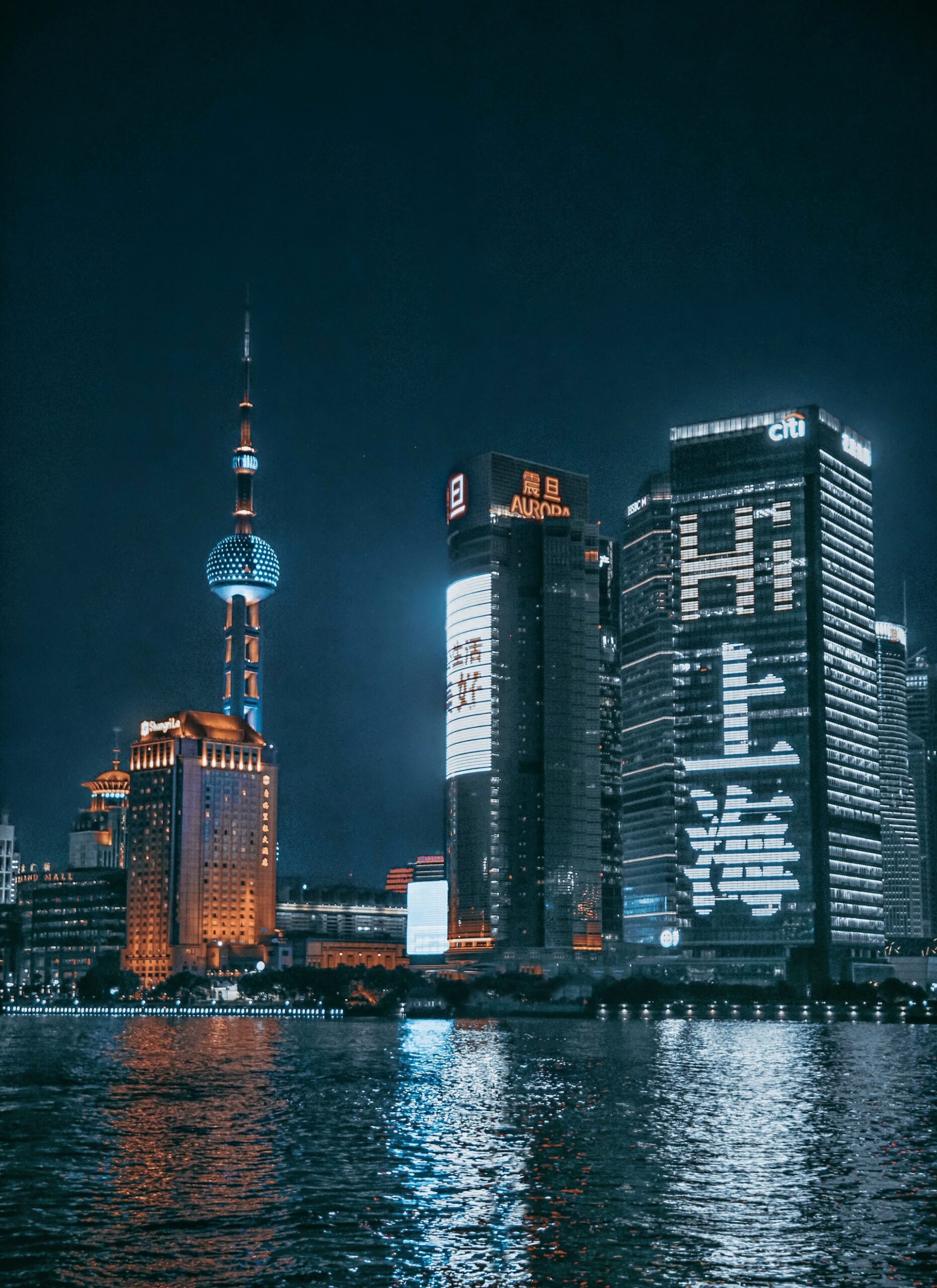Asia gets its name from ancient Greek mythology. Once upon a time Asia (Asia) was the daughter of the Titan god Okeanides, who became the wife of Prometheus. The ancient Greeks borrowed the word “Asia” from the Assyrians, who called the place where the sun rises. Therefore, the Greeks began to call the area that lies to the east of Greece Asia.
In modern Asia the states are at different levels of development. If Bangladesh and Afghanistan are firmly stuck in the Middle Ages, then South Korea, Singapore, China, Taiwan, Hong Kong and Japan are countries with developed economies.
Asia is the largest continent on Earth. Its total area is more than 43.4 million square kilometers (30% of the Earth’s territory). Asia is considered part of the Eurasian Peninsula.
In the west, the border of Asia passes through the Ural Mountains. Asia is washed by the Arctic Ocean in the North, the Pacific Ocean in the East (East China Sea, Bering Sea, Sea of Okhotsk, South China Sea, Sea of Japan and Yellow Sea), and the Indian Ocean (Arabian Sea) in the South.
In addition, the shores of Asia are also washed by the waters of the Red and Mediterranean Seas.
Since Asia occupies a huge territory, it is clear that the climate on this continent is very diverse. In Western and Eastern Siberia the climate is continental, in Central and Middle Asia it is desert and semi-desert, in Eastern, Southern and South-Eastern Asia it is monsoonal (monsoon season is June-October), in some regions it is equatorial, and in the extreme north it is arctic.
Among the Asian rivers should certainly be named the Yangtze (6300 km), the Huang He (5464 km), the Ob (5410 km), the Mekong (4 500 km), the Amur (4440 km), the Lena (4400 km) and the Yenisei (4 092 km).
The five largest lakes in Asia are as follows: Aral Sea, Baikal, Balkhash, Tonle Sap, and Issyk Kul.
A significant part of Asia is mountains. Asia is home to the Himalayas, the Pamirs, the Hindu Kush, the Altai and the Sayan Mountains. The largest mountain in Asia is Everest (Dzhomolungma), its height is 8,848 meters.
There are many deserts in Asia, among which perhaps one should highlight the Gobi, the Takla Makan, the Karakum Desert, and the deserts of the Arabian Peninsula. In total, there are more than 20 deserts in Asia.

At the moment the population of Asia already exceeds 4.3 billion people. That is about 60% of the total population of the Earth. At the same time, the annual population growth rate in Asia is about 2%.
Almost all of Asia’s population belongs to the Mongoloid race, which in turn is divided into smaller races – North Asian, Arctic, South Asian, and Far Eastern. In Iraq, southern Iran and northern India, the Indo-Mediterranean race predominates. In addition, there are many other races in Asia, such as Caucasoid and Negro.

Average Rating